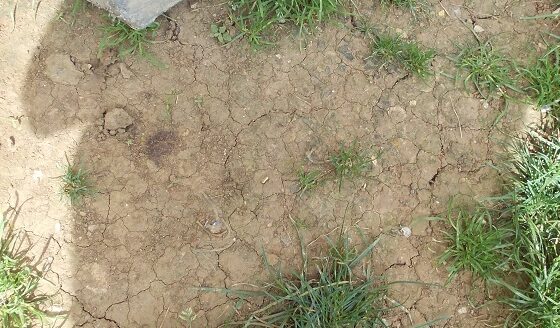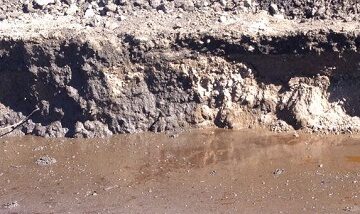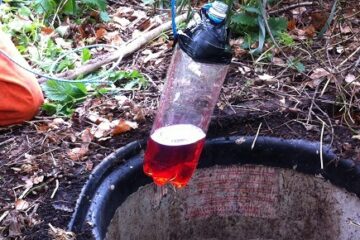From time to time we get asked questions like ‘The plants in my garden have all died, what’s killing them? Does this indicate contamination of some kind?’. The answer is ‘Possibly, but we’ll have to ask you a bit about it and maybe get some analysis done to be sure’. As any gardener will tell you plants need care and attention to grow and thrive. Lack of nutrients or sunlight, too much or too little water and a host of fungal infections or nasty insects can lead to your prized roses withering away or a large patch or your grass going brown and dying.
If some of the plants in your garden have suddenly withered away then you should first have a think about what’s changed since the time when they grew successfully. Has it rained a lot recently? Have you or your neighbour been a bit trigger happy with the Roundup weedkiller? Has a dog been using your grass as a toilet? These are all common easily explainable reasons for plants suddenly struggling. However, if a big patch of grass close to your kerosene tank randomly goes brown and dies it’s probably worth investigating the possibility of a spill. If this is the case you’ll probably also be able to smell the kerosene or see an oily sheen and it’s important to contact a professional to respond to this as quickly as possible.
But what if there’s a corner of your garden where things just don’t grow? Well if it’s free draining, gets a decent amount of sunlight, you’ve tried different species of plant and you’ve tried adding fertilisers and nothing has helped? It might be time to have a look at other possibilities. It’s possible that there is some sort of Phytotoxic (poisonous to plants) contamination in the soil. Modern housing developments will have been the subject of site investigations to look into these things and if there was an issue of this kind then remedial works should have been carried out to remove these risks as part of the development. It should be said that although the planning system is in place to make sure that this process is followed and in our experience generally works well, sometimes things aren’t always done to full standards and some properties can slip through the cracks. It might seem obvious but older properties were not built to modern legislation so it’s hard to be sure what’s in the soil around these properties.
A suitably experienced professional will be able to have a look at the situation, suggest a few possible culprits and maybe recommend a suite of analysis. Problems of this kind can be a bit like looking for a needle in a haystack so this analysis might not identify the problem but it can certainly rule out a range of things and point you in the right direction to get things growing again.
Our fingers may not be the greenest but we do know about contaminated land so if this sounds like your garden then some remediation may be required, feel free to call us for a chat.
2021
Soil remediation guide
Approaching soil remediation without any prior knowledge can be difficult and uncomfortable at times, especially when it can potentially be very costly. This free eBook will help you understand the whats, the whys and the hows of soil remediation in the simplest terms.







My garden was going well then I notice holes in the leaves of my squash and zucchini plants then the leaves are becoming bear and the plants are dying off